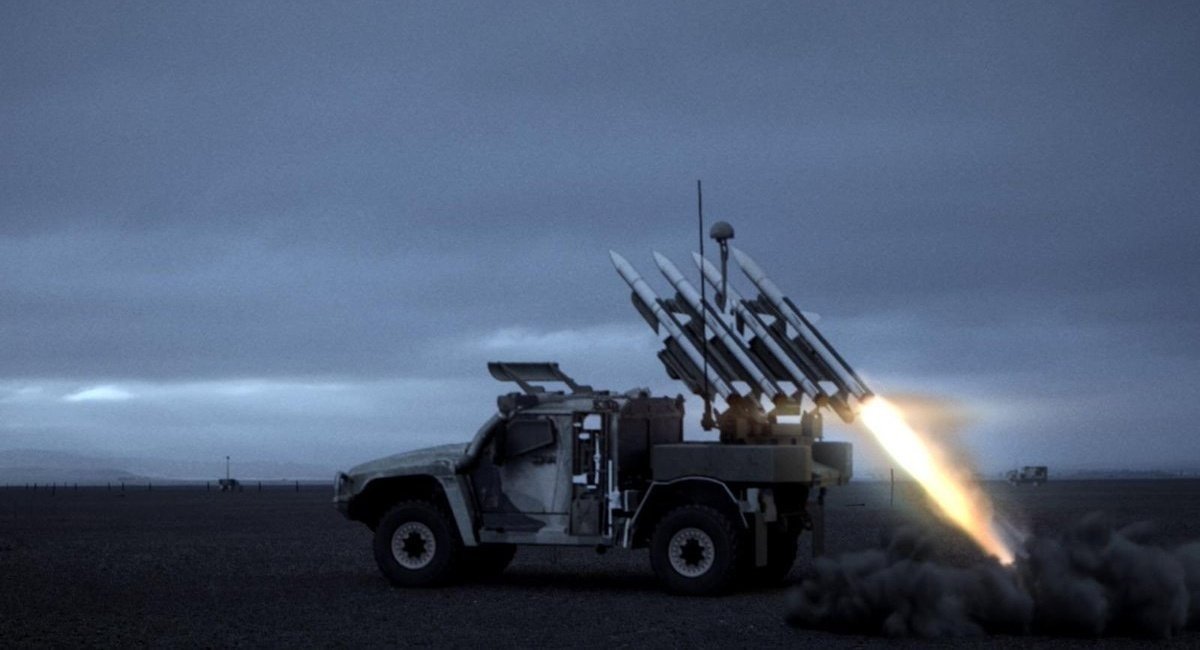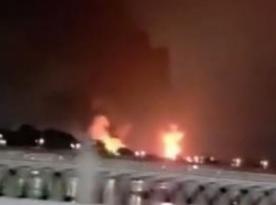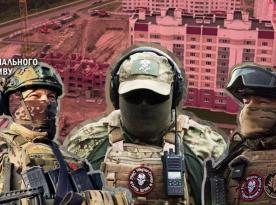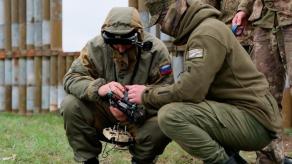The variety of problems created by russians using their Lancet explosive drones and facing the Ukrainian Armed Forces became a central topic of the new article by The Telegraph. The adviser to Ukraine's defense minister Yurii Sak told the British newspaper that intelligence suggests russians were expanding production of these one-way drones. Lancets pose a serious threat to Ukrainian equipment and personnel.
All the more so because Lancet is both primitive and effective. On the one hand, it consists of no complicated guidance systems, just like, say, an iranian Shahed-136; on the other, it has a decent flight distance of up to 40 km and can attack its target autonomously. Once it locks on its target, it enters a dive, raising its speed to 300 km/h (~186 mph)
Read more: Why does the russian Command Use Their "Spetsnaz" as "Elite Infantry" and Why Exactly are They Given Lancet UAVs

A single Lancet in its standard configuration costs about USD 35,000 to produce. It carries a warhead of only 2 kg and is controlled by an ordinary remote controller with a joystick, "much like a computer game," The Telegraph notes. Sometimes, it is also being watched by another UAV for flight adjustment and guidance. All these specifications make Lancet a weapon to be always aware of for the Ukrainian soldiers who thereby have to cover their positions with anti-drone wire mesh.
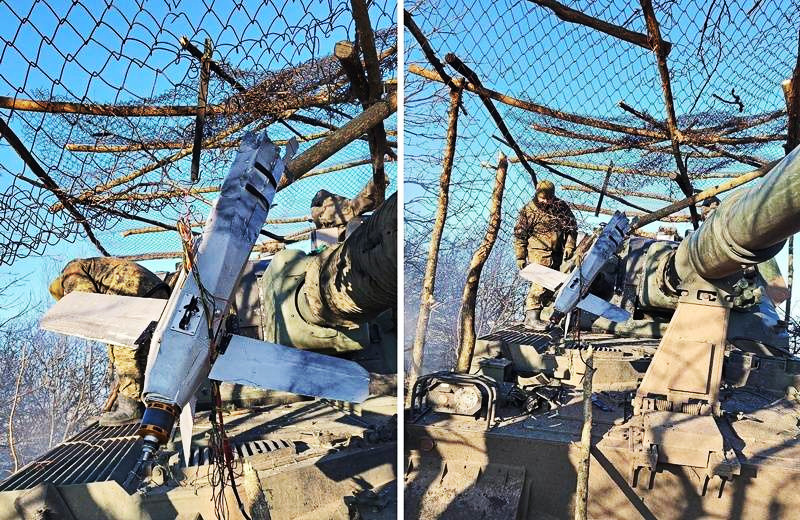
There is no simple tool against a Lancet because this suicide drone is capable of aggressive maneuvering. Yurii Sak told The Telegraph that the Ministry of Defense of Ukraine was looking into several options for countering this threat.
The first option is to get more electronic warfare systems from Ukraine's allies and partners. Another one is to ask for additional Gepard "anti-aircraft tanks." Ukraine, he stated, is expected to receive 45 by the end of 2023. The third option is more of a prospective one – Kyiv has sent to Australia for the transfer of a modernized NASAMS air defense missile system which is installed on top of a swift Hawkie 4x4 chassis.

The Australian NASAMS differs in that it can also use short-range AIM-9X interceptor missiles in addition to the medium-range AIM-120 AMRAAM. The system can actually be installed either on Hawkie or Rheinmetall HX chassis. According to the current plans, the Australian army should have at least two batteries of NASAMS on Hawkei, 3 launchers in each battery, although only by 2026.
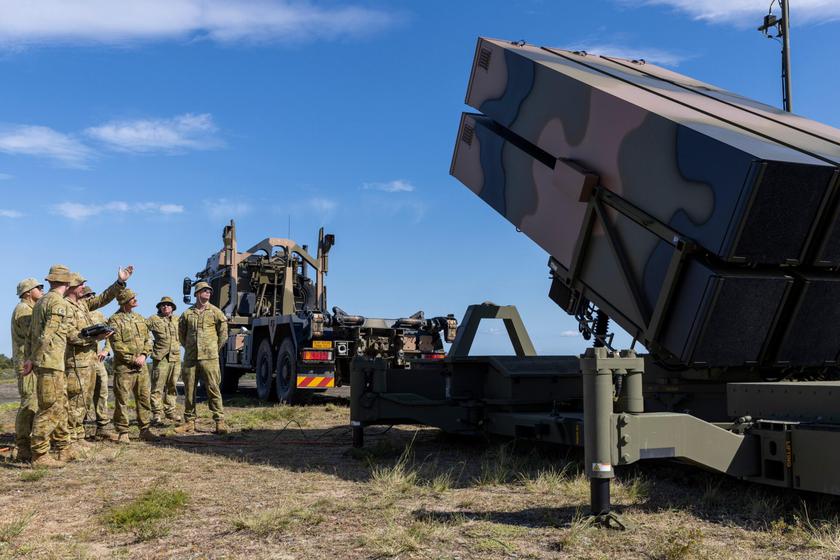
Read more: Mass Production of FPV-Drones is Apparently Takes Place in russia, and It's a Bad Sign




